Speaker Insights from the 2025 NCURA Annual Meeting
At this year’s NCURA Annual Meeting (2025), Matthew Kingore, Solutions Consultant Team Lead at Cayuse, and Dotty Waters, Director of Sponsored Research and Programs at Virginia State University, led an engaging session on how to strengthen research programs for long-term success.
Their message centered on three key pillars of research resilience:
- Diversified Funding
- Reduced Manual Work
- Effective Tracking & Reporting
In this blog, we’ll review key takeaways from the presentation with advice for how you can integrate the three pillars of research resilience into your workflows and practices.
Pillar One: Diversified Funding
As discussed in depth in a prior blog post, diversified funding serves as an important base for sustainable, resilient research activities. In their presentation, Matthew and Dotty highlighted that relying on a single funding source can put entire programs at risk, especially in times of financial uncertainty.
To mitigate this, research organizations should explore multiple funding avenues—from federal and state programs to the private sector and research foundations. At Cayuse, we help our customers find alternative sources of funding through Fund Finder: a specialized search tool that allows in-depth filtering to help locate funding opportunities.
No two organizations and institutions are alike, so you will need to consider which funding diversification methods are most relevant to yours. Other key strategies include:
- Staggering grant applications to ensure continuous funding
- Balancing short- and long-term funding mechanisms
- Cultivating philanthropic relationships
- Establishing internal funding opportunities
- Encouraging research commercialization
As Matthew and Dotty emphasized in their presentation, a backup plan for your current funding and any possible risk of it getting pulled can be the difference between sustaining your program and facing termination if funding is disrupted. Be sure to develop contingency plans and alternative funding options, should this scenario arise.
Pillar Two: Reduced Manual Work
This is not new information, but as we all know, manual, repetitive tasks drain time and resources and increase staff fatigue. The ability to automate workflows not only boosts efficiency but also strengthens data integrity and frees up your staff to focus on higher-value work.
At Virginia State University, Dotty uses automated task assignments to ensure reviewers and approvers stay on track without adding to her mental load. With Cayuse Sponsored Projects, teams can set triggers and reminders, streamline subaward processing, and reduce bottlenecks in proposal reviews, all from one cloud-based, connected platform.
Replacing manual tasks starts with analyzing high-impact areas that can benefit from automation. Several common areas to consider include:
- Data organization and analysis
- Compliance management
- Project oversight
- Repetitive administrative tasks
- Reminders and alerts
With software like Sponsored Projects, your team can organize all administrative tasks under one solution, where each team can see who owns what and when their tasks are due without chasing email threads. Dashboards and workflow tools can also provide transparency, highlight delays, and ensure important steps—like closeout—are never overlooked, so your team can complete all required tasks on time and within budget.
For a more detailed look into how effective automation can improve resource management, check out our pillar two blog here.
Pillar Three: Effective Tracking & Reporting
Dotty put it best at the start of this section of the presentation: “What gets measured, gets done.” Tracking progress and providing readouts to leadership isn’t just about monitoring personal or team performance; it’s also about telling the story of your team’s impact and becoming a part of the conversation when planning for future needs.
The presenters discussed three key outcomes to keep in mind when tracking performance and providing reports: smarter resource allocation, greater accountability and transparency, and data-driven decision making. After all, showing how you make decisions based on data sets gives your team more authority when reporting out KPIs (key performance indicators).
However, we all know the reporting is only as good as the data inputs, and Matthew stressed that there are four key elements for effective tracking:
- Centralized data repositories, stored in one accessible location and organized into defined tables for consistent presentation
- Regular progress reports to showcase where you started and where you are headed
- Clearly defined KPIs to showcase progress against agreed-upon performance indicators
- Comprehensive financial tracking so your PIs and research teams are aware of the budget and where spending is tracking in real-time
Cayuse’s Award Management solutions are designed to help cover tracking and reporting elements while managing tasks and communicating deliverables. Tools like Report Connector and Analytics also address your needs for better data organization, handling, and reporting.
Both Matthew and Dotty further highlighted the importance of transparency and sharing data across teams. Without standardized, accessible data, even the best visualization tools can’t deliver meaningful insights.
To learn more tips and strategies on how data can amplify your impact, check out our pillar three blog post.
The Big Picture
The presenters concluded with a final takeaway: that the most resilient research ecosystems share the common traits of sustainable infrastructure, collaborative cultures, and the ability to adapt quickly. By diversifying funding, automating processes, and strengthening reporting, your research organization can better take on new challenges and maximize impact regardless of external factors.


